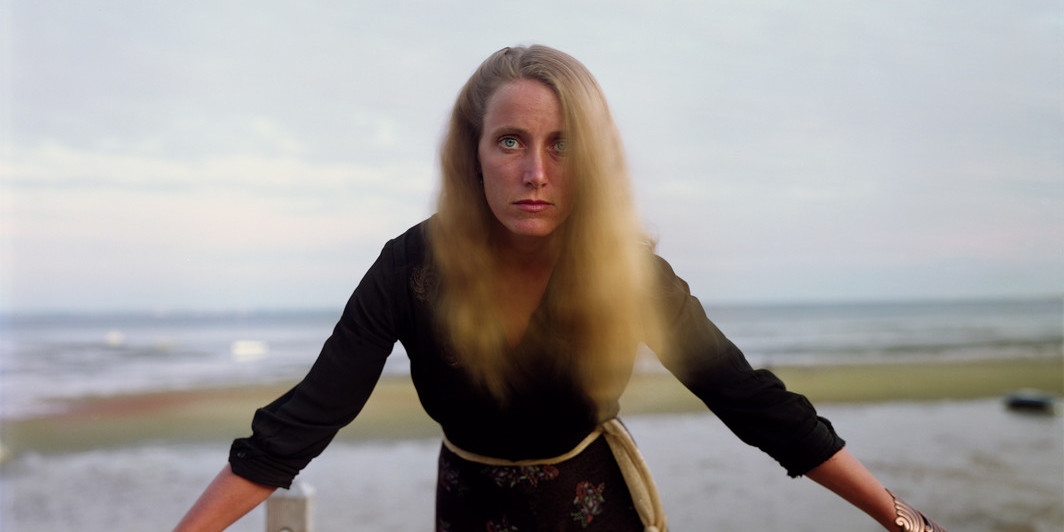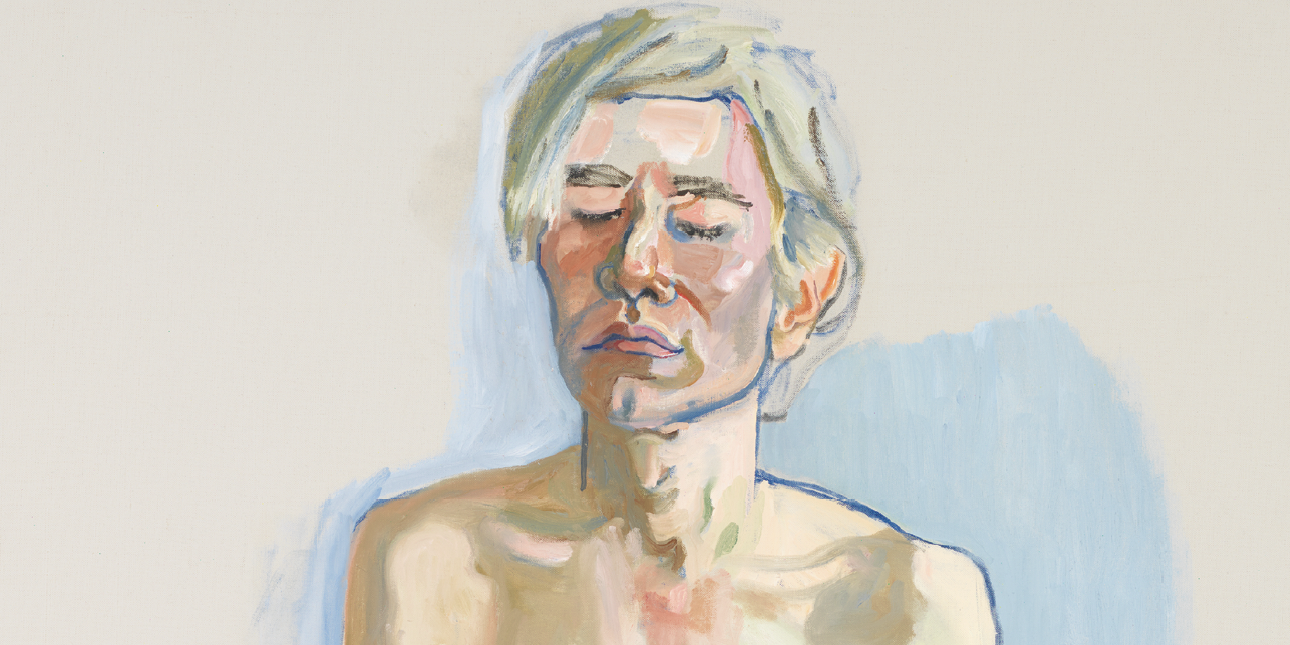This Side of Paradise
In Provincetown, a collection of portraits taken in the late 1970s and early ’80s, Joel Meyerowitz captures bodies amber-locked in the beach town’s summer lassitude. The photographer discovered some of his subjects by placing, in the local paper, an ad in search of “REMARKABLE PEOPLE”; others he plucked from crowds with what he calls a “visceral knowing.” Located at the hooked tip of Cape Cod, Massachusetts, Provincetown is buffeted on all sides by the mercurial Atlantic. The town’s reputation as a sanctuary dates back to the seventeenth century, when it was a port for weary Pilgrims on the












